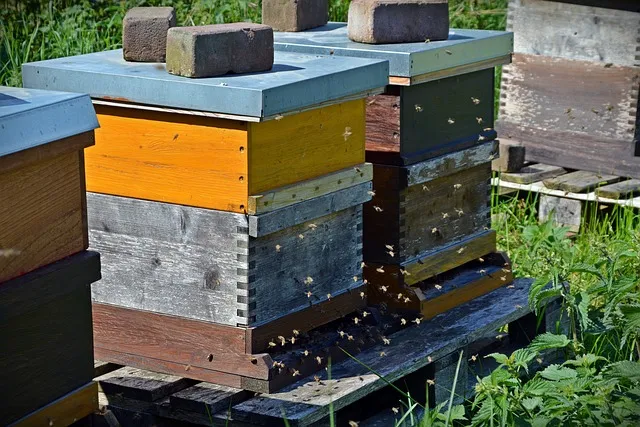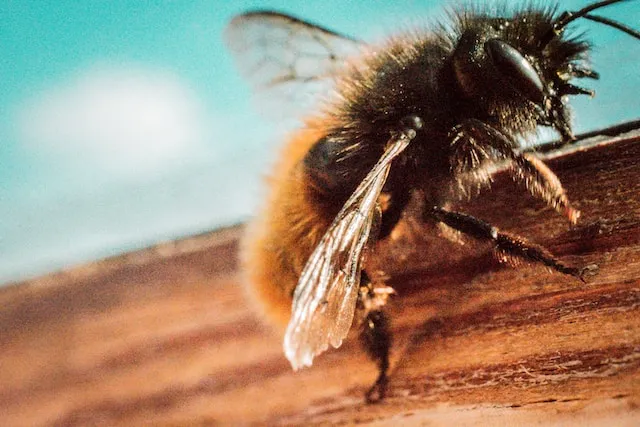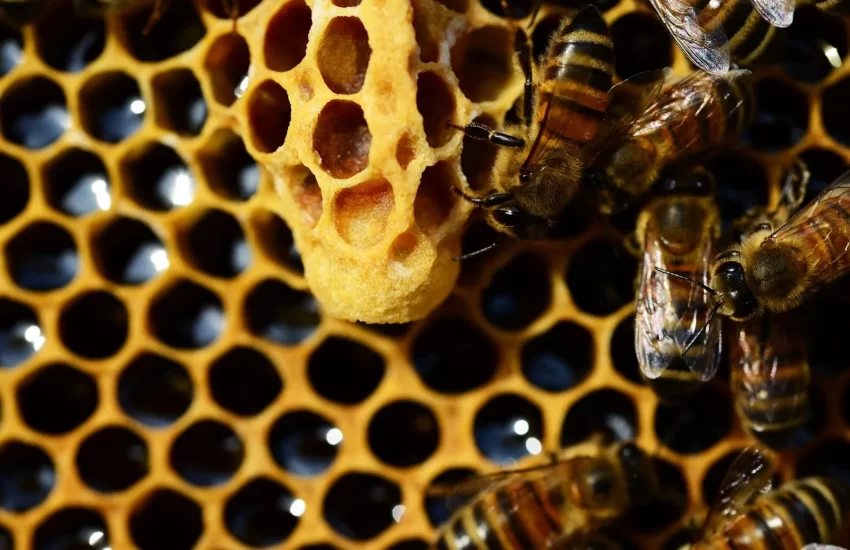Do bees like The full sun?
Spring and summer. are the bee’s ideal seasons to forage. Some beekeepers insist that their hives should be placed in full sun and go ahead to put them in the blazing sun. You may wonder whether this is the best choice to make in beekeeping or not.
Similar Articles you may like to read –
Interesting Facts About Honey Bees
Are bees active at night?
What colors should you avoid around bees?
What Color Bees Cannot Recognize?
Do Bees Fly In The Rain? Where Do Bees Go When It Rains?
Do bees like the full sun?
Bees like foraging in sunny weather, but the colony needs protection from the blazing sun. They prefer the early morning sun, shade in the afternoon, and sun in the evening. The bees in such a condition warm up early and start foraging. In the afternoon, when temperatures are unbearable, they are shielded from direct sunlight. In the evening, when temperatures begin to drop, they enjoy the warmth of the sun. The longer the bees are in the sun, the longer they will keep foraging. Bees have to get the inside of the hive to about 98 degrees in the morning before the workers get into their foraging duties. In the winter season, placing the hive in direct sun can help to warm them up, even when the temperatures drop. The hive should face south and east. A hive set in a shaded place the entire day can be damp, leading to diseases and general unhealthiness, such as encouraging small hive beetles.
What is the effect of the sun on bees?
The morning sun is very essential for bees. When the bees are warmed by the morning sun, they go to forage earlier. Again, the presence of the evening sun helps the bees to forage until dusk. Foraging for extended durations helps beekeepers to maximize honey yields and profits. Beekeepers are advised to keep their hives facing the south or east. When the sun pokes through the opening, they know it is time to forage.
Effects of Full Sun on a Colony
Bees placed in direct sun the whole day can get extremely hot. The hotter it gets the harder it gets for bees to work. They also have to maintain an optimum hive temperature for the survival of the queen and the brood. They work extra to cool the hive( evaporative cooling). The eggs, larvae, and pupae must be kept at a constant temperature of about 95 degrees Fahrenheit. To cool the hive, the bees collect water and spread a thin film around the hive. They then fan their wings to create air currents to evaporate the water. The hotter it gets, the harder the bees work to cool the hive other than doing constructive work such as making honey or tending to the queen or brood. Some of the bees vacate the hive and beard outside the hive in clumps. When you see your bees bearding at the hive entrance, know the hive is incredibly hot. If the colony has to work hard to cool the hive, they may eventually abscond and seek a nest in a favorable location.
More articles you may like to read –
How far do honey bees travel from the hive?
What smell do bees hate?
Do Bees Recognize Their Owners?
Do Honey Bees Stay In The Same Nest Every Year?
What Temperature Is Too Cold For Bees?
If you don’t have a partially shaded location to place your hive, ensure it is adequately ventilated, and have a screened bottom board, screened inner cover, and a water source nearby. These help to improve airflow through the hive and keep it cool. You may also consider painting a light color on the hive to reflect sunlight instead of absorbing it.



